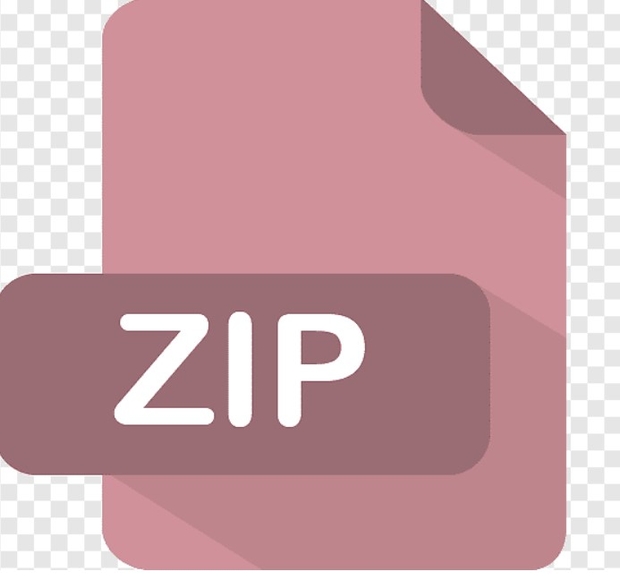$30

EE5907-Project 2 Solved
• SVM package. LibSVM, an excellent SVM classifier toolbox, is widely used in practice. Students are encouraged to learn how to use this toolbox to develop linear SVM classifier as well as non-linear (kernel) SVM models. The toolbox can be downloaded from https://www.csie.ntu.edu.tw/˜cjlin/libsvm/[1]. Several documents for beginner can also found on the website.
• CNN package. Many open-source CNN or deep neural network packages can be found on the web in nowadays. Considering GPU may not be available, students are encouraged to use following two packages that are easy to start with and flexible for creating networks with various architectures.
– TensorFlow https://www.tensorflow.org/
– PyTorch http://pytorch.org/
– MatConvNet. MatConvNet is easy to use for beginners who are more familiar with
MATLAB. But it is rarely used in practical deep learning model development. Mat-
ConvNet can be downloaded via http://www.vlfeat.org/matconvnet/. Mannual can be found at http://www.vlfeat.org/matconvnet/matconvnet-manual.pdf.
Good tutorial for training your own networks (http://www.vlfeat.org/ matconvnet/training/) is also provided.
– Caffe. Caffe is developed and maintained by Berkeley vision group. The package can be found at http://caffe.berkeleyvision.org/. Examples for training your own network is also given at http://caffe.berkeleyvision. org/gathered/examples/mnist.html. There is a good community for
Caffe users: https://groups.google.com/forum/#!forum/caffe-users.
PCA for Feature Extraction, Visualization and Classification
The size of raw face image is 32×32 pixels, resulting in a 1024 dimensional vector for each image. Randomly sample 500 images from the CMU PIE training set and your own photos. Apply PCA to reduce the dimensionality of vectorized images to 2 and 3 respectively. Visualize the projected data vector in 2d and 3d plots. Highlight the projected points corresponding to your photo. Also visualize the corresponding 3 eigenfaces used for the dimensionality reduction.
Then apply PCA to reduce the dimensionality of face images to 40, 80 and 200 respectively. Classifying the test images using the rule of nearest neighbor. Report the classification accuracy on the CMU PIE test images and your own photo seperately.
LDA for Feature Extraction and Classification
Apply LDA to reduce data dimensionality from to 2, 3 and 9. Visualize distribution of the sampled data (as in the PCA section) with dimensionality of 2 and 3 respectively (similar to PCA). Report the classification accuracy for data with dimensions of 2, 3 and 9 respectively, based on nearest neighbor classifier. Report the classification accuracy on the CMU PIE test images and your own photo seperately.
GMM for clustering
Use the raw face images (vectorized) and the face vectors after PCA pre-processing (with dimensionality of 200 and 80 respectively) as the provided training data. Train a GMM model with 3 Gaussian components on these data. Visualize the clustering results from GMM, i.e., visualize the images that are assigned to the same component.
SVM for Classification
Use the raw face images (vectorized) and the face vectors after PCA pre-processing (with dimensionality of 80 and 200) as inputs to linear SVM. Try values of the penalty parameter C in {1×10−2,1×10−1,1}. Report the classification accuracy with different parameters and dimensions. Discuss the effect of data dimension and parameter C on the final classification accuracy.
Neural Networks for Classification
Read the documentation for training a simple convolutional neural network (ref. http:
//www.vlfeat.org/matconvnet/training/). Train a CNN with two convolutional layers and one fully connected layer, with the architecture specified as follows: number of nodes: 20-50-500-21. The number of the nodes in the last layer is fixed as 21 as we are performing 21-category (20 CMU PIE faces plus 1 for yourself) classification. Convolutional kernel sizes are set as 5. Each convolutional layer is followed by a max pooling layer with a kernel size of 2 and stride of 2. The fully connected layer is followed by ReLU. Train the network and report the final classification performance.
[1] If the link is broken, please Google “libsvm”.
[2] The data can be downloaded from LumiNUS.



